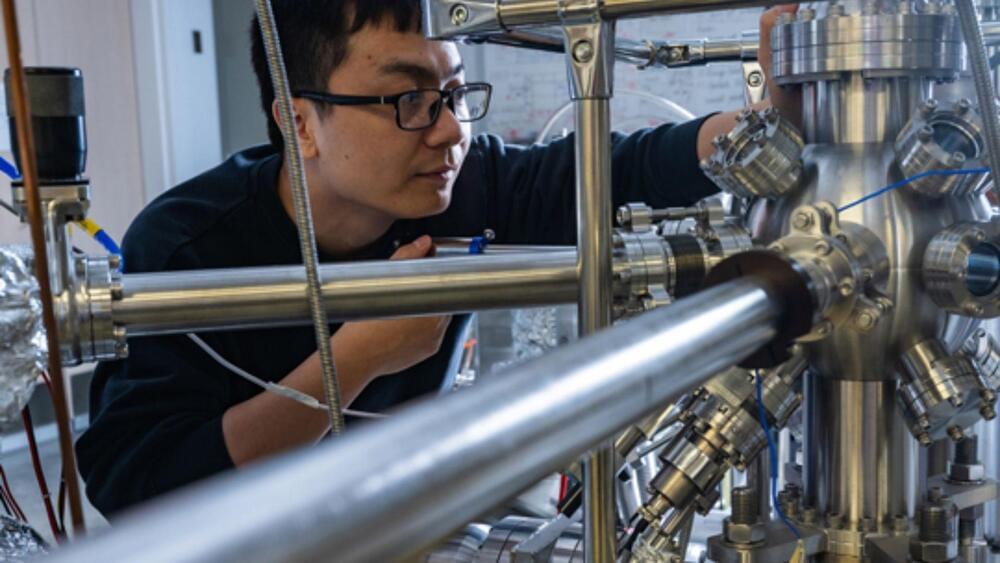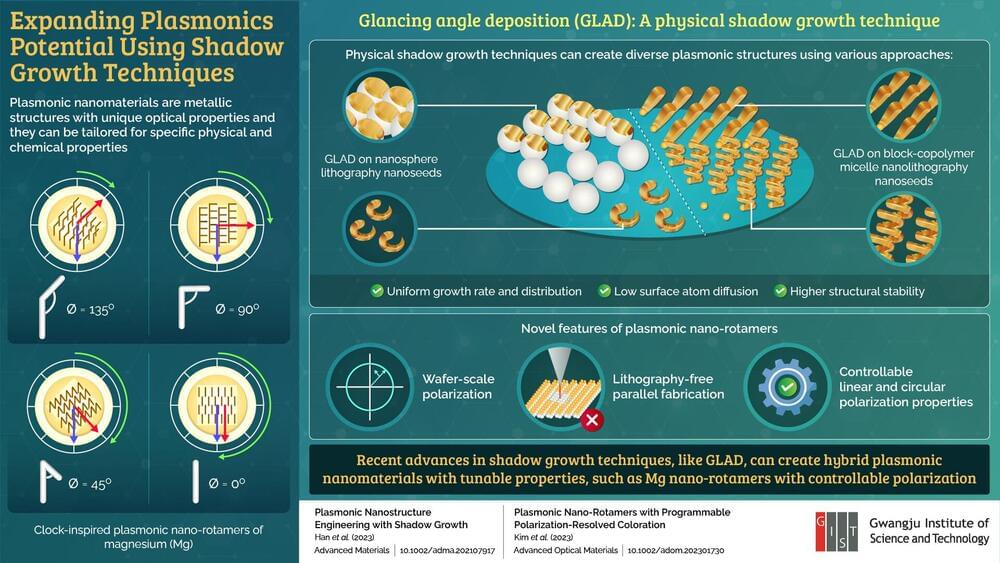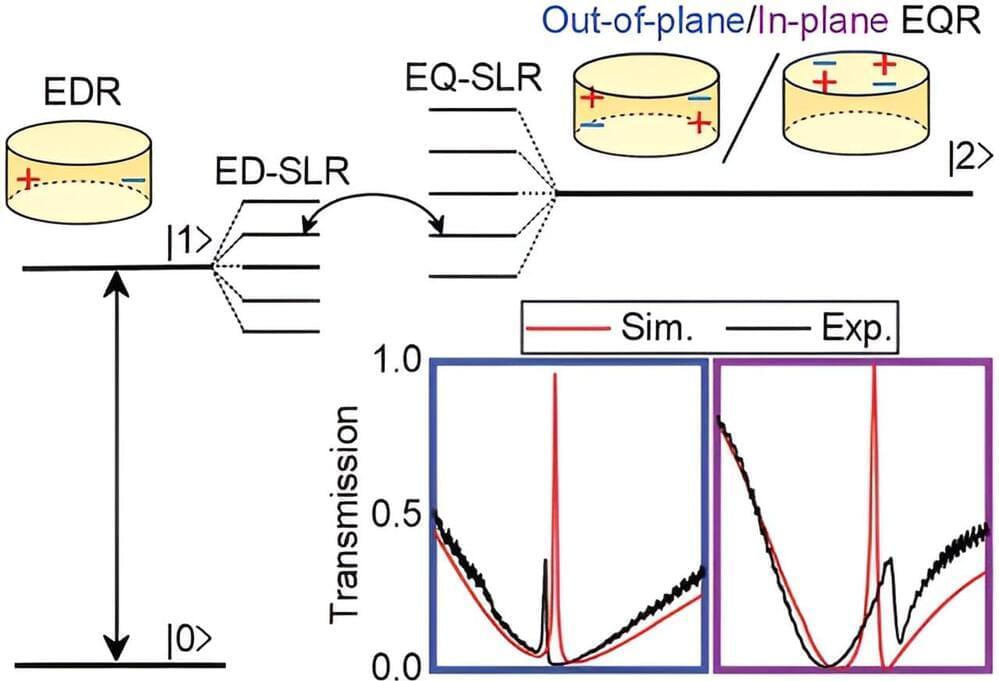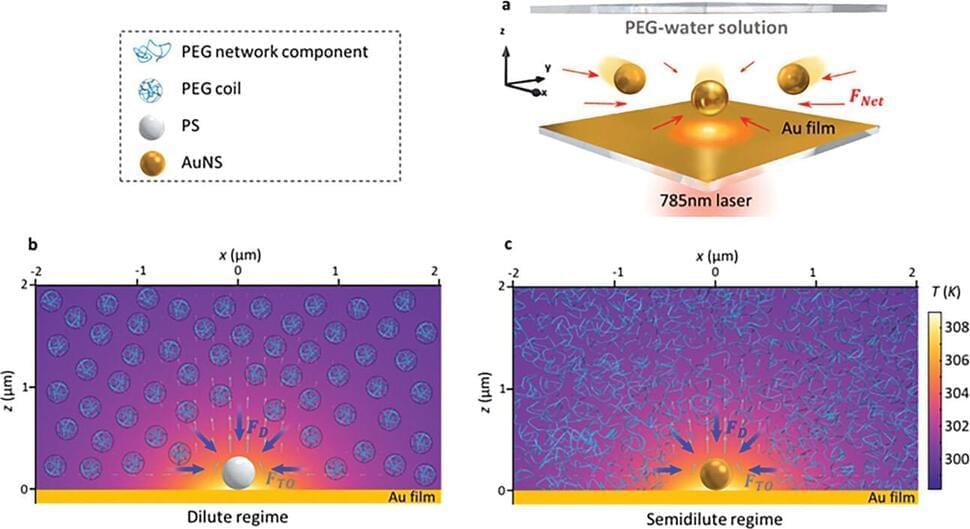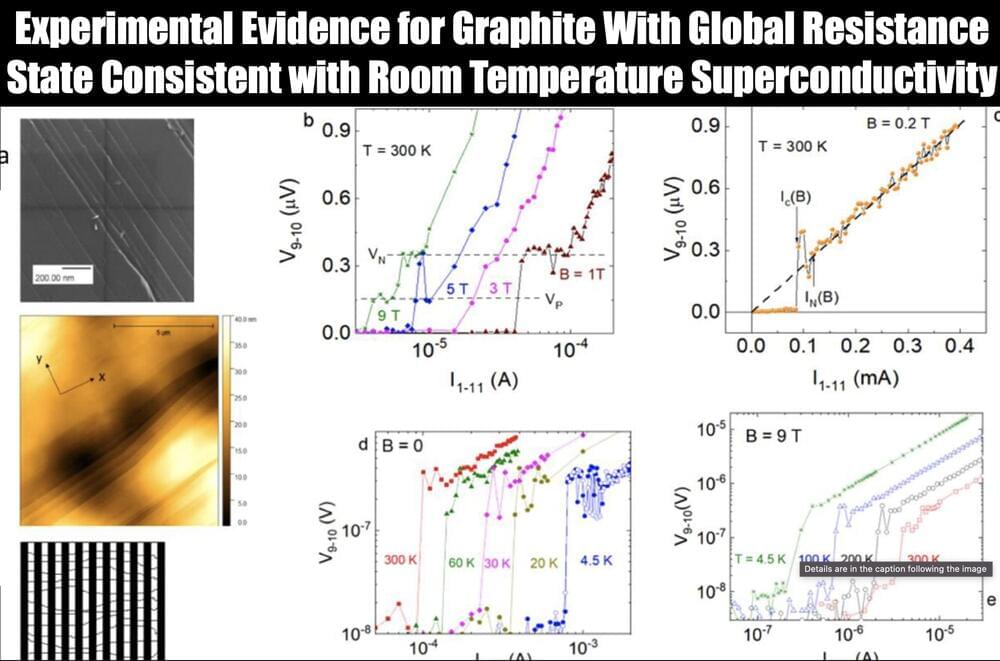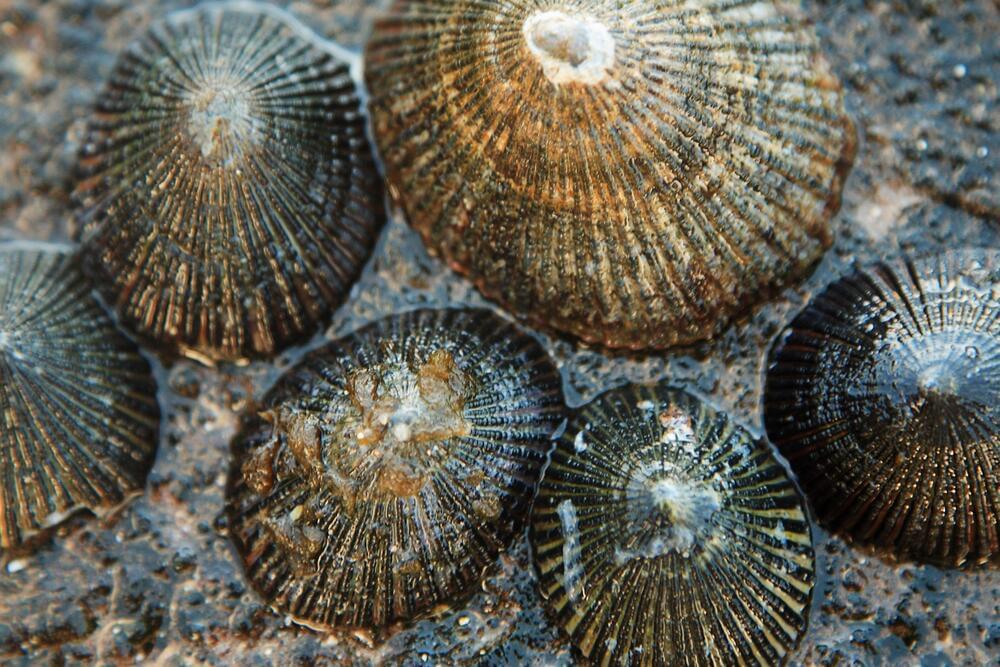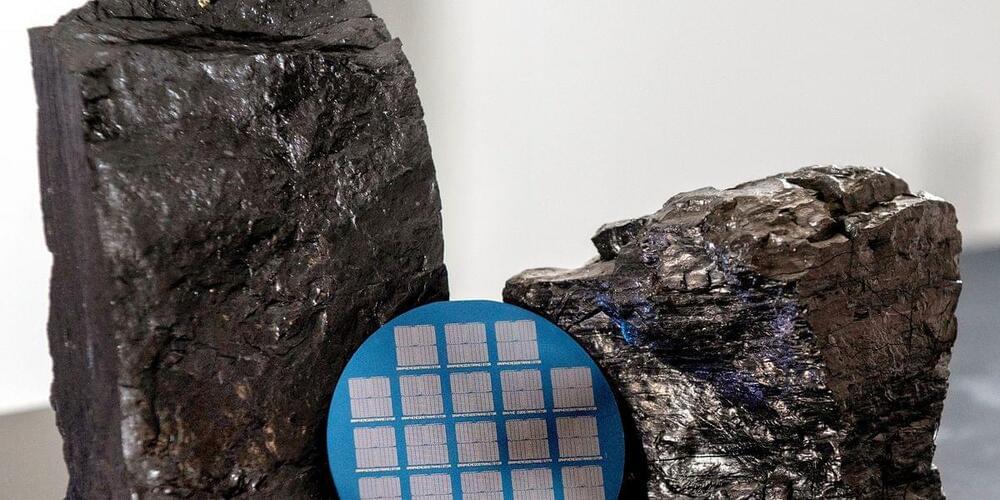Jan 31, 2024
MIT physicists turn pencil lead into “gold”
Posted by Shubham Ghosh Roy in categories: materials, physics
MIT physicists have metaphorically turned graphite, or pencil lead, into gold by isolating five ultrathin flakes stacked in a specific order. The resulting material can then be tuned to exhibit three important properties never before seen in natural graphite.
“It is kind of like one-stop shopping,” says Long Ju, an assistant professor in the Department of Physics and leader of the work, which is reported in the Oct. 5 issue of Nature Nanotechnology. “Nature has plenty of surprises. In this case, we never realized that all of these interesting things are embedded in graphite.”
Further, he says, “It is very rare material to find materials that can host this many properties.”

